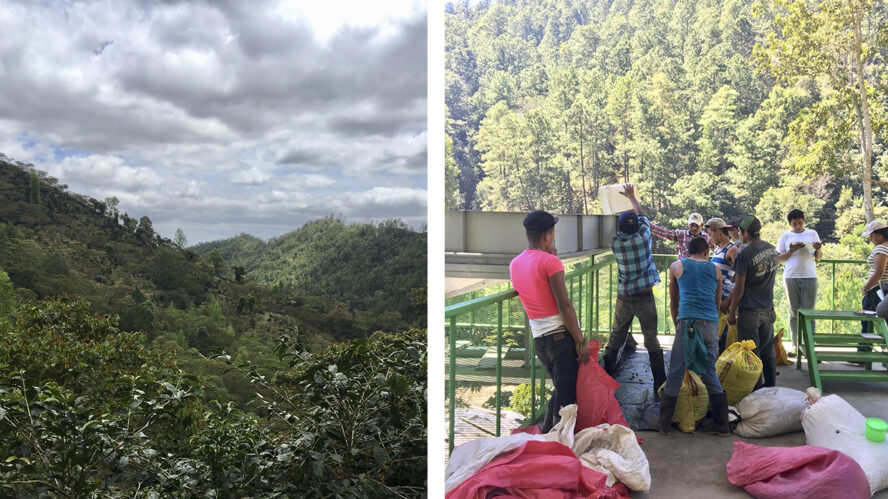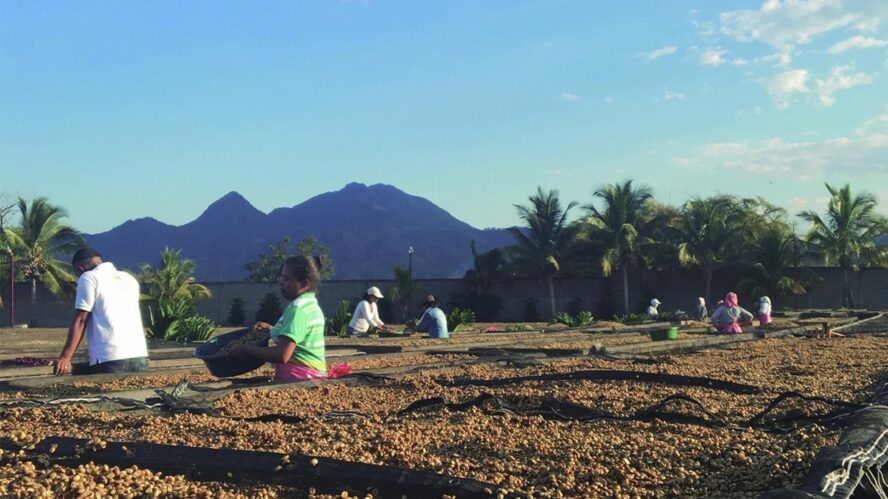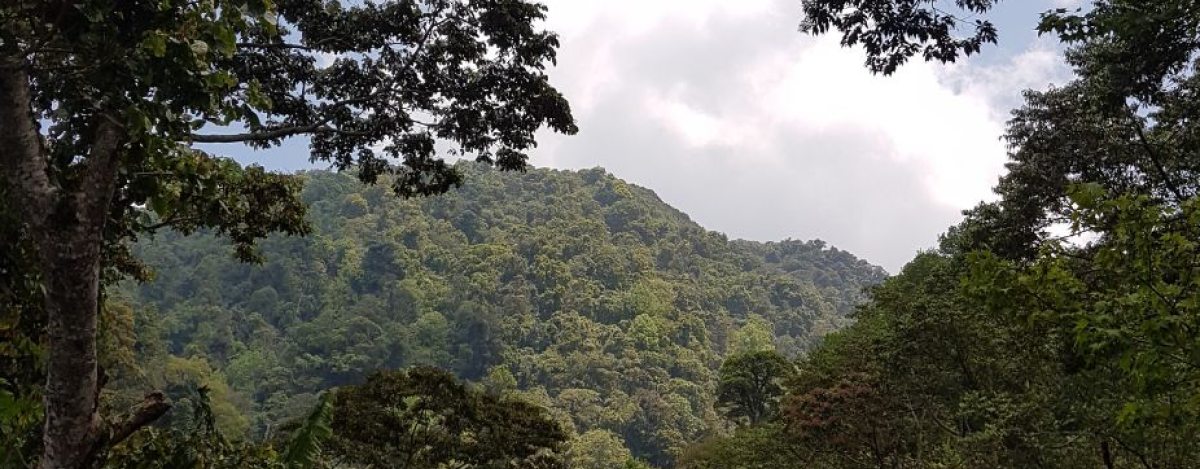The coffee industry is so important to the country that 15% of the population relies on this product . Unfortunately, economic sustainability is lacking because the market is controlled by large exporters, who exert enormous pressure on small producers, who receive a single annual payment for their production. Furthermore, the rush to secure liquidity leads producers to sell at prices below market prices .
In our case, we set a price determined by the quality of the product, ignoring market fluctuations/speculations, mainly due to the entry of investment funds seeking safe havens in raw materials and, consequently, a price increase due to increased demand, even if this is not real.
That said, the producers we work with receive between two and four times the average price of the last 10 years from the NY futures market, which regulates the Arabica variety.

Nicaragua is the great hidden gem of Central American coffee. Always ahead of its neighbors Costa Rica and Panama, the quality of its coffee is exceptional . Its largest production is concentrated in the Matagalpa region, although we have found the most interesting coffees in the country in the Nueva Segovia region, at altitudes exceeding 2,000 meters above sea level.
In 2012, after the massive outbreak of coffee rust (a type of fungus) that hit Nicaragua and Central America, efforts are underway to address the problem by developing new varieties resistant to the fungus. All of them contain Timor hybrids in their genes and therefore feature robust genetics. The traditional varieties cultivated are caturra, catuaí, bourbon, maragogype, and pacamara . The maracaturra variety is a natural hybridization of caturra and maragogype, producing very good results in terms of yield/quality/disease resistance. This is one of our personal priorities when working with Nicaraguan coffee, due to the variety's uniqueness and its organoleptic qualities. In recent years, exotic varieties such as SL28 and Geisha have been incorporated in tiny quantities, while hybrid varieties such as H3, Marseillaise, and the Central American variety are rapidly being propagated and promoted by influential market players. We do not plan to incorporate these latter varieties into our menu due to their low quality and poor customer experience.

Traditionally, coffees are washed throughout Central America . To reduce production and harvest management bottlenecks, fermentation processes are typically as rapid as possible, as is the drying process, which uses large, sun-exposed patios with large quantities of coffee, drying aggressively and continuously.
In our case, we've actively participated in shifting the coffee processing mentality (as the places where coffee is processed are known, moving from fresh beans to exportable beans or green coffee). Together with our partners, we saw an increase in quality when drying the coffee less aggressively, using African beds so the product is not in contact with the ground, optimizing the process to enhance quality, and applying shade to prolong the drying time and thus extend the coffee's shelf life and enhance quality. The same applies to fermentations, which we go from 8 hours to a maximum of 80 in controlled atmospheres and 36 in spontaneous aerobic fermentations. When we started this process, people asked us if we were crazy; today, it's our daily work.
.
